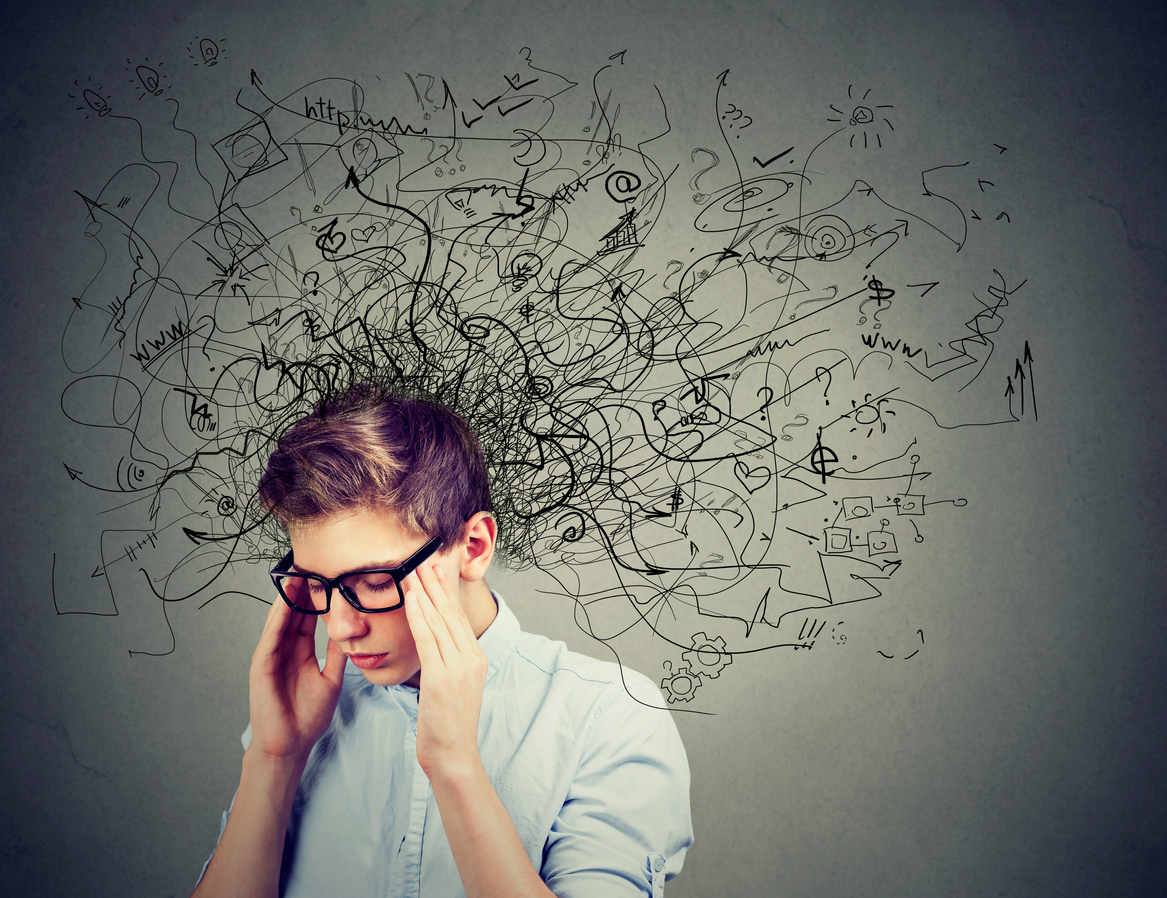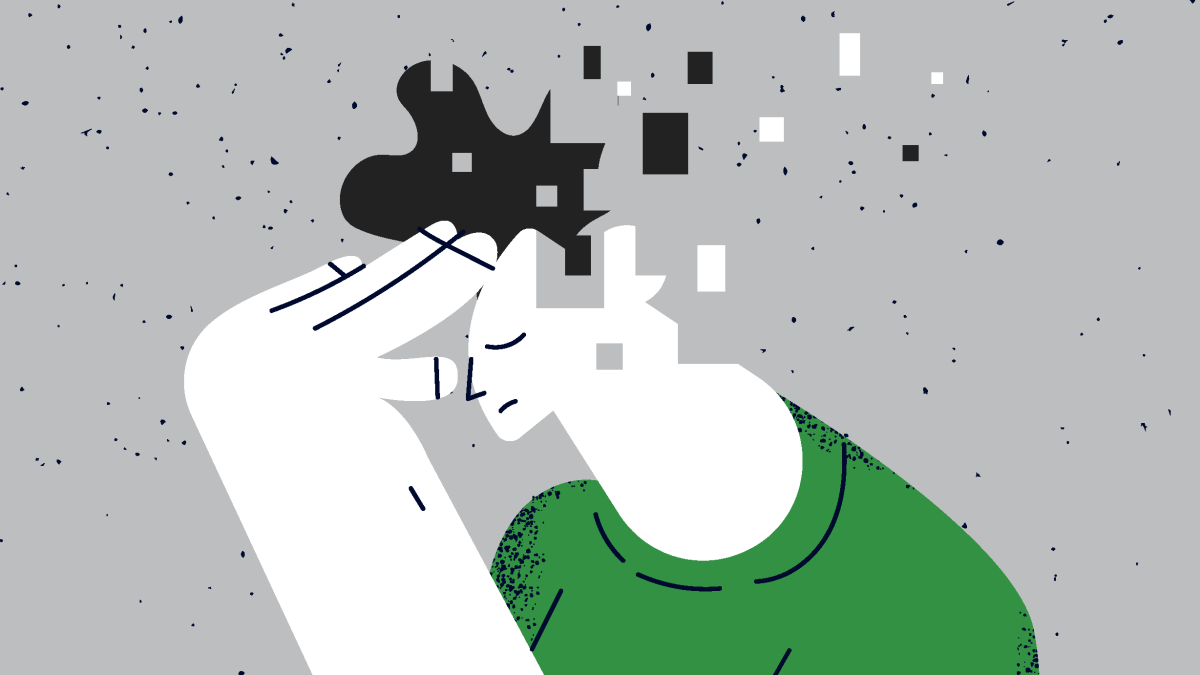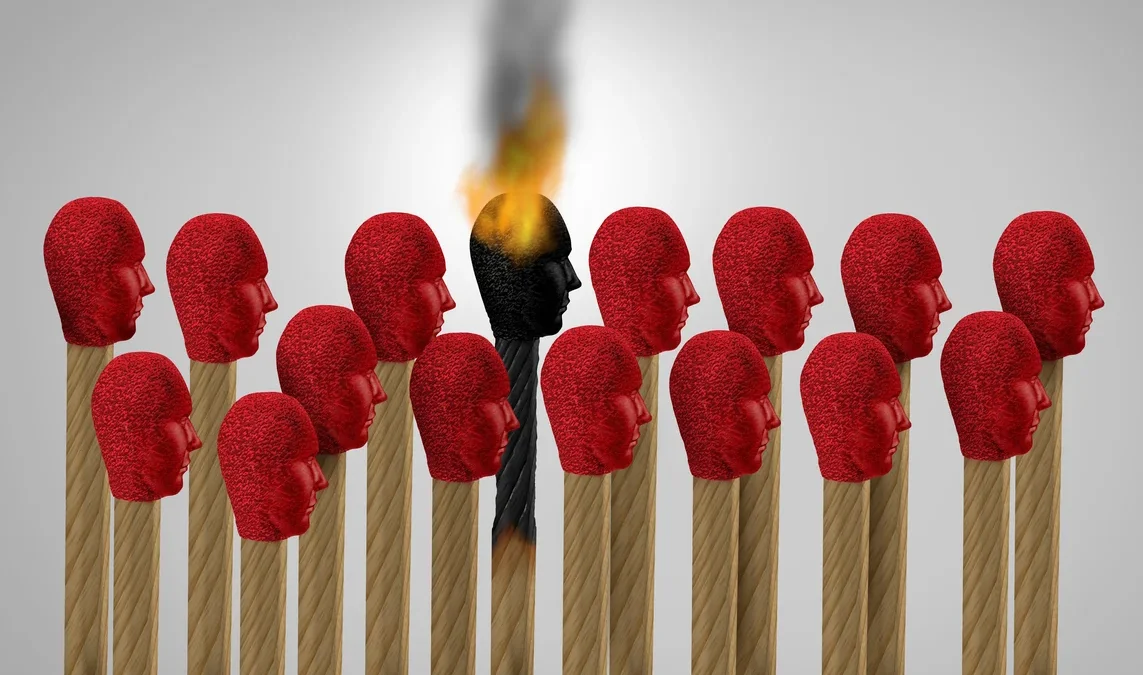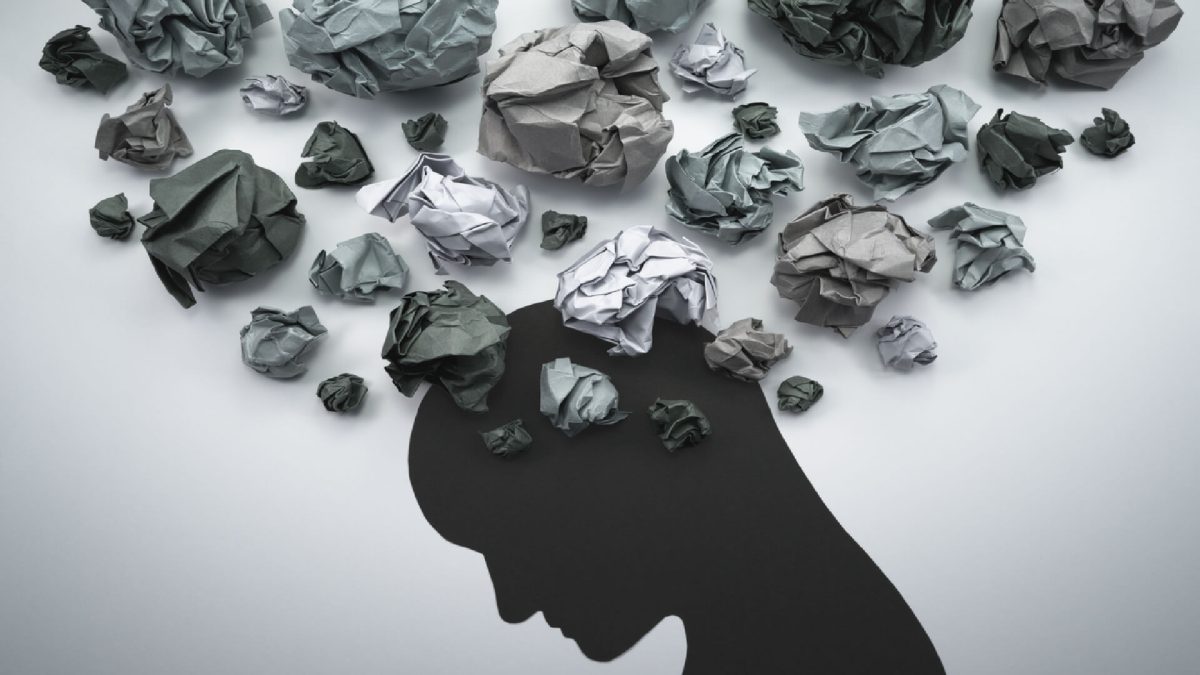Mental health encompasses our psychological, emotional, and social well-being throughout our lives. Mood and mental health are intertwined in all aspects of our lives. Our ability to deal with social circumstances, cope with anxiety, and make sound life choices are all bolstered by mindfulness training.
Mental disease and a lack of mental well-being are frequently conflated, although this is not the case. An individual who suffers from mental health issues cannot be labelled with a mental condition. A person suffering from a mental illness has problems with their physical, emotional, and psychological well-being.
If the question is, “What exactly is a mental illness?” A mental illness is a disorder that impairs one’s ability to function normally in social situations as well as when alone. Mental disorders such as depression, anxiety, bipolar disorder, and eating disorders are all terms used to describe this ailment. While some mental illnesses are transient, others can become persistent and even hazardous if left untreated.

How Common Are The Mental Disorders?
- More than 50% will diagnose with a mental illness or disorder at some point in their lifetime.
- 1/5 Americans will experience a mental illness in a given year.
- 1/5 children, either currently or at some point during their life, have had a seriously debilitating mental illness.
- 1/25 Americans live with major mental illnesses, such as schizophrenia, bipolar disorder, or major depression.
Depression
Depression is a problem that affects nearly everyone on the globe, and it can strike anyone at any time. Social, physical, moral, and any abuse or imbalance in a person’s family, school, or workplace is the primary cause of depression in a person’s life. Changes in emotions, anger and social disengagement are only some of the other side effects of depression.
Major depressive disorder (MDD) is the primary cause of disability in the United States, affecting more than 15 million adults. A depressive illness affects around 18.8 million American adults, or 9.5% of the country’s population aged 18 and older in any given year.
Anxiety Disorder
It is possible to diagnose anxiety disorder as the most frequent mental health problem. According to the Diagnostic and Statistical Manual of Mental Disorders, there are numerous subtypes of anxiety disorder. Specific phobias to panic disorder and agoraphobia are among the many forms of generalised anxiety disorder that fall under this umbrella term (is a type of anxiety disorder in which you fear and avoid places or situations that might cause you to panic and make you feel trapped, helpless).
In the United States, 6.8 million persons or 3.1 per cent of the population suffer from a generalised anxiety disorder (GAD), although only 43.2 per cent receive therapy. Restlessness, weariness, difficulty concentrating, irritability, muscle tension, and sleep disturbances are some of the symptoms.
Personality Disorder
Schizophrenia
Schizophrenia is a chronic and severe mental disorder, and are having psychotic symptoms and affects much of the patient daily life and events. An individual feels, thinks, behaves, and perceives reality. The patient can experience auditory hallucinations and delusions, and schizophrenia can affect anyone without any particular background. This disorder divides into schizophreniform, schizoaffective, and brief psychotic disorders. The patient with schizophrenia mental disorders experienced things or events which are unreal or not true. They have disorganized thinking, confused speech, and abnormal behaviour.
Approximately 2.2 million American adults, and two or about 1.1 % of the population age 18 and older in a given year, 1 have schizophrenia. Schizophrenia affects men and women with equal frequency. Schizophrenia often first appears earlier in men, usually in their late teens or early 20s, than in women, who are generally affected in their 20s or early 30s.

Attention-Deficit/Hyperactivity Disorder
ADHA’s patient has trouble paying attention, behaving without thinking about the consequences, or being extremely active. In most children, ADHD is first noticed in preschool or the beginning of elementary school. Adolescence and even adulthood are common occurrences for sufferers of mental health disorders. These are only a few of the many mental diseases that exist in the United States. These include eating disorders, substance abuse problems, Alzheimer’s and other forms of dementia, OCD, PTSD, and more.
A recent study found that one in every five persons in the US had a diagnosable mental condition. According to the US Census of 1998, the US population is 44.3 million. Affluent countries’ top ten causes of disability include major depression, bipolar disease, schizophrenia, and OCD.








